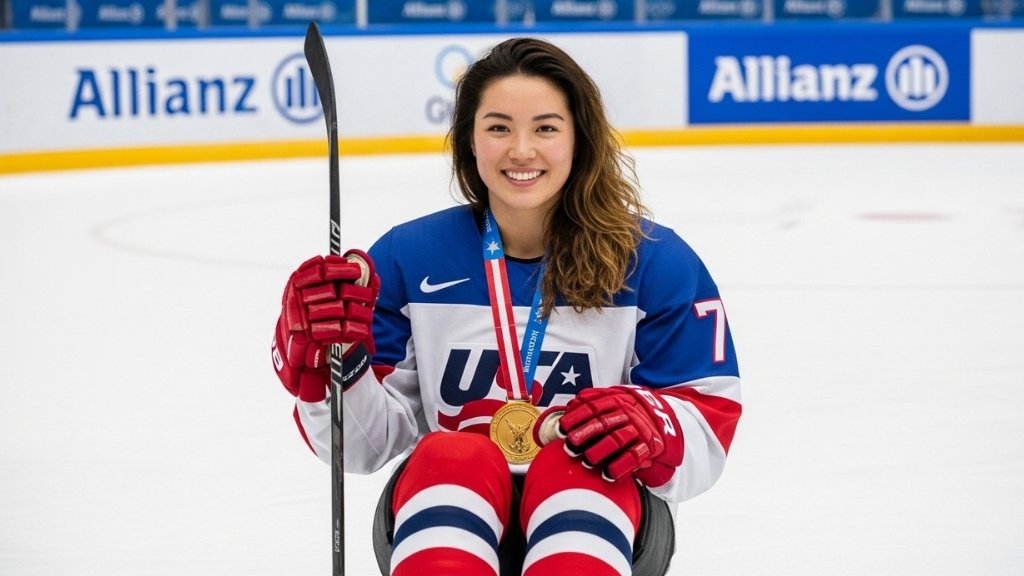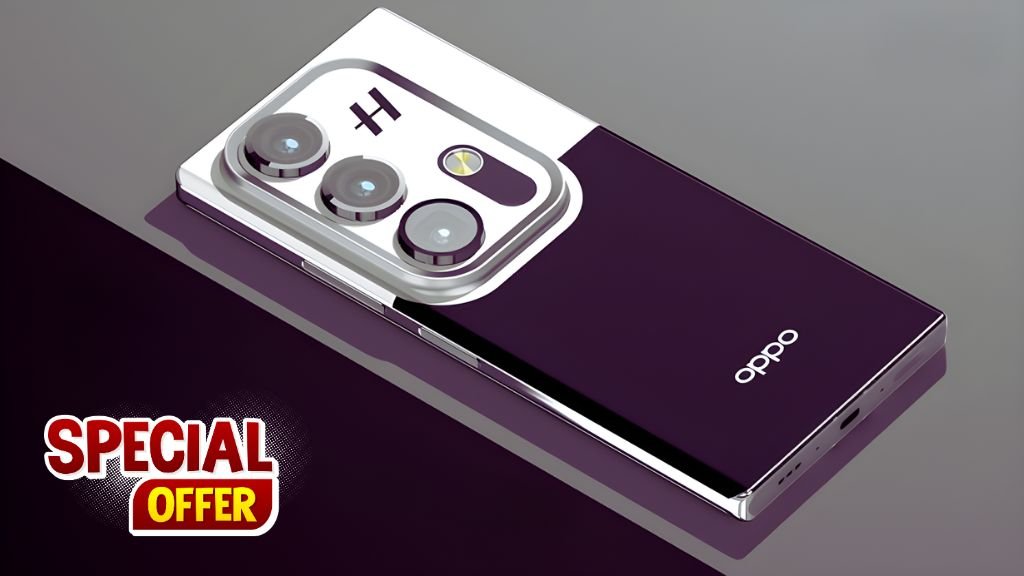For forward Ailin Zheng, gold medals and milestones are stepping stones toward something bigger: seeing women’s sled hockey on the Paralympic stage—and being there in a Team USA jersey when the puck drops. The 21-year-old from Queens, New York, has become one of the most visible young talents in the sport, pairing on-ice impact with off-ice advocacy at a moment when women’s sled hockey is accelerating worldwide.
From a first try at age 10 to the crest of Team USA
Zheng first climbed into a sled at age 10 after a friend invited her to give the sport a shot. Earlier in childhood she had been diagnosed with transverse myelitis, an inflammatory condition affecting the spinal cord that left her paralyzed from the waist down. Sled hockey—played seated in a lightweight sled with two short sticks for both propulsion and puckhandling—offered freedom of movement and a fast, competitive outlet. Her development was steady and relentless: local programs, regional showcases, and eventually national-team evaluations.
A signature early moment arrived at the 2022 Women’s World Challenge in Green Bay, where Zheng scored the first goal of the tournament’s history. That marker became a symbol of the U.S. program’s rising arc and Zheng’s knack for showing up at pivotal moments.
Breaking ground at the first Women’s World Championship
The breakthrough for the sport came with the first official Women’s World Championship in Dolný Kubín, Slovakia. Team USA went undefeated (4-0-0-0), outscored opponents 34–1, and beat Canada 7–1 in the final. Star forward Kelsey DiClaudio erupted for four goals in the gold-medal game, while Zheng delivered consistent two-way value and finished the event with five points (2 goals, 3 assists) in three games. Coaches describe her as a reliable top-nine forward with more ceiling to tap as her pace and decision-making continue to sharpen.
The championship field underscored the sport’s global momentum, featuring the United States, Canada, Great Britain, Norway, Australia, and a multinational Team World roster—an encouraging footprint for any future Paralympic bid.
What makes Zheng effective
Zheng’s game is built on details that win tournament hockey:
- First-touch pressure: She gets to loose pucks early, turning 50/50 battles into U.S. possession.
- Play continuation: Under pressure, she finds the next simple pass to keep attacks alive.
- Timing to dangerous ice: She arrives in the slot as lanes open, creating tips, rebounds, and quick one-touch finishes.
- Defensive commitment: A quick stick and tight angles make her dependable late in games when protecting leads.
That mix makes her an easy fit next to elite finishers and a trusted option when games tighten.
A dual track: nursing and national-team ambitions
Zheng chose the University of New Hampshire for its established sled program and the chance to pursue nursing. In a perfectly Zheng twist, she passed her nursing licensure exam during the World Championship and has been lining up work near Boston so she can stay close to training partners and facilities. Balancing shift work with national-team camps is its own endurance sport, but it mirrors the broader vision: create a pathway where women can excel internationally without sacrificing careers or education.
The Paralympic question—and the path to “yes”
Women’s sled hockey is not yet part of the Paralympic program, a reality that fuels Zheng’s focus. The checkboxes for inclusion are clear: more countries, deeper grassroots participation, and regular, sanctioned competition. The new World Championship, expanding national teams, and improved pathways for juniors signal encouraging movement. To Zheng, the goal isn’t abstract—it’s a near-to-mid-term target worth training for daily.
Visibility matters
Profiles like Zheng’s expand what hockey looks like and who it includes. As a Chinese American athlete thriving for Team USA while launching a nursing career, she widens the lens for fans, future players, and decision-makers. That visibility—paired with the U.S. team’s dominance—helps convert momentum into resources, ice time, and, ultimately, a Paralympic berth.
What comes next
Short term, expect Zheng to keep leaning into the habits that translate under playoff pressure: sprint recoveries, quick give-and-go reads, and competitive puck touches in the slot. Long term, the objective is simple: be ready the moment women’s sled hockey is added to the Paralympics—and make a compelling case for a roster spot on the most visible stage the sport can have.







